LEARNING RESOURCES
Articles on our products, brewing beer, and starting your own brewery.
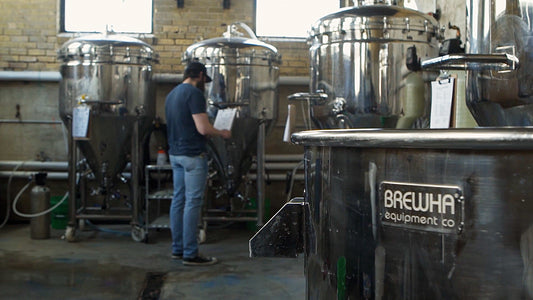
How to Make Beer in 12 Steps: Instructions and ...
In this video we demonstrate why the BREWHA BIAC is the simplest way to make the best beer. We show in 12 steps how to make fantastic beer using the...
How to Make Beer in 12 Steps: Instructions and Tips for Mashing, Boiling and Fermenting with the BREWHA BIAC Brewing System
In this video we demonstrate why the BREWHA BIAC is the simplest way to make the best beer. We show in 12 steps how to make fantastic beer using the BREWHA BIAC beer brewing system.
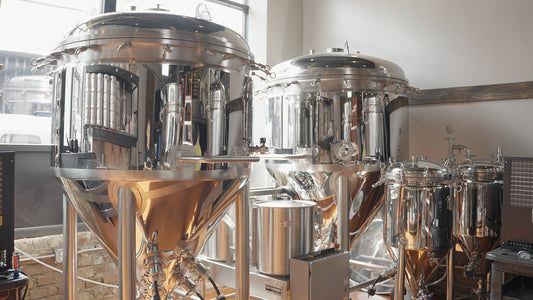
The Simplest Way to Brew the Best Beer
This is a simple and concise overview of the beer brewing process. The BREWHA BIAC all in one complete beer brewing system is comprised of just two vessels (the jacketed...
The Simplest Way to Brew the Best Beer
This is a simple and concise overview of the beer brewing process. The BREWHA BIAC all in one complete beer brewing system is comprised of just two vessels (the jacketed conical fermenter and Mash Colander) and is the simplest way to brew the best beer. This brochure summarizes the brewing process and equipment in four simple steps. Further details on brewing beer with this system can be seen at this link.
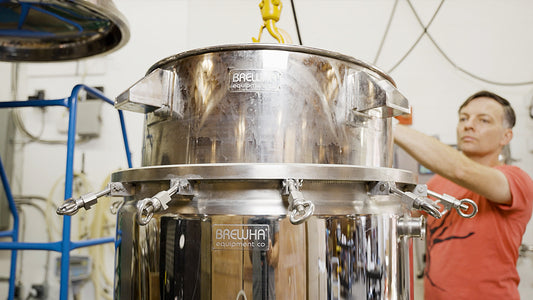
Simple Overview on How to Make All-Grain Beer
The purpose of the BREWHA BIAC system is to provide brewers with a more enjoyable brewing experience by giving maximum control and superior results while simplifying the brewing process and...
Simple Overview on How to Make All-Grain Beer
The purpose of the BREWHA BIAC system is to provide brewers with a more enjoyable brewing experience by giving maximum control and superior results while simplifying the brewing process and reducing equipment requirements and expense. All of the brewing (heating, mashing, boiling, chilling, fermenting) occurs in just one vessel...
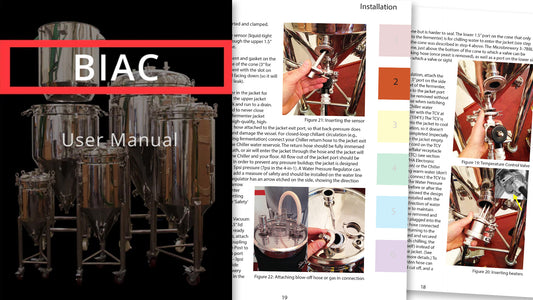
BREWHA BIAC Instruction Manual
We are delighted that you have chosen a BREWHA BIAC for your home or microbrewing system! We trust that it will bring you many fun-filled hours of brewing, and of...
BREWHA BIAC Instruction Manual
We are delighted that you have chosen a BREWHA BIAC for your home or microbrewing system! We trust that it will bring you many fun-filled hours of brewing, and of course, many times spent enjoying the fruit of your craft with your friends and customers. This manual is meant to provide information on installation and setup of your beer brewing equipment, and provide instruction on the brewing process.
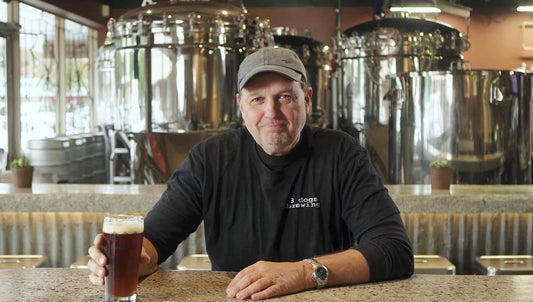
Steps on How to Successfully Open a Craft Brewe...
This video is about steps for starting and opening a successful brewery. In it, 3 Dogs Brewing Co discusses how they went about opening their own microbrewery in a strip...
Steps on How to Successfully Open a Craft Brewery Tap Room: 3 Dogs Brewing
This video is about steps for starting and opening a successful brewery. In it, 3 Dogs Brewing Co discusses how they went about opening their own microbrewery in a strip mall in Metro Vancouver. They discuss their vision for the brewery, the brew equipment they purchased, how they converted a former wine shop in a strip mall into a really cool and successful...
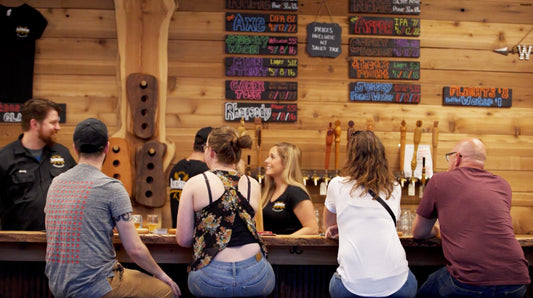
Opening a Microbrewery: Axe and Arrow Microbrewery
In this video, Josh and Krystle, the owners of Axe and Arrow Microbrewery in Glassboro, NJ discus how they started their successful microbrewery. They describe how they planned their craft...
Opening a Microbrewery: Axe and Arrow Microbrewery
In this video, Josh and Krystle, the owners of Axe and Arrow Microbrewery in Glassboro, NJ discus how they started their successful microbrewery. They describe how they planned their craft brewery, where they located it and why, the equipment they purchased for their brewhouse and fermentation, their marketing approach, the permitting and licensing hurdles...
Fargo's Microbrewery Barcade: Pixeled Brewing
In this video, Nick, the owner of Pixeled Brewing discusses how he built an arcade brewpub in an historic building in Fargo, ND. He discusses why he wanted to open...
Fargo's Microbrewery Barcade: Pixeled Brewing
In this video, Nick, the owner of Pixeled Brewing discusses how he built an arcade brewpub in an historic building in Fargo, ND. He discusses why he wanted to open an arcade brewpub, how he branded it, the equipment he chose, what a typical brew day looks like, some of the ups and downs of owning a brewpub, and along the way he delivers several pieces of sage advice.
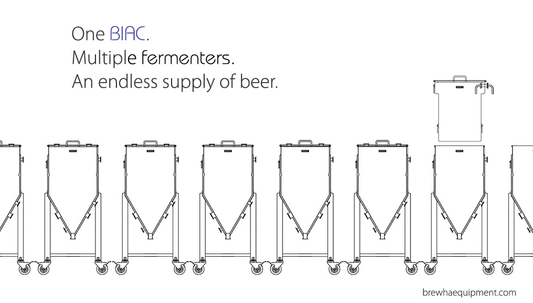
Scaling Up Is Easy with the BREWHA BIAC
The BIAC brewing system can be easily scaled up simply by adding additional 4-in-1 fermenters. The Mash Colander, Pump Assembly and Power Box can be used with multiple 4-in-1s to significantly...
Scaling Up Is Easy with the BREWHA BIAC
The BIAC brewing system can be easily scaled up simply by adding additional 4-in-1 fermenters. The Mash Colander, Pump Assembly and Power Box can be used with multiple 4-in-1s to significantly increase total brewing output. For example...
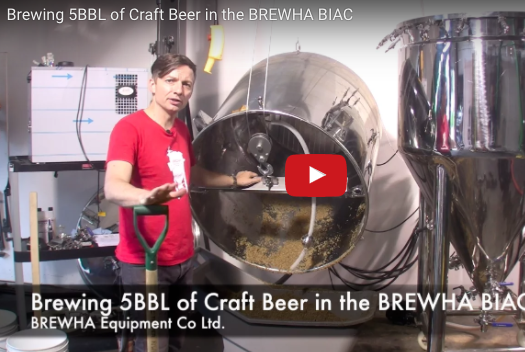
Brewing 5BBL of Craft Beer in the BREWHA BIAC
In this video you will see just how easy it is to use the BREWHA BIAC to brew 5BBL of craft beer. The BREWHA BIAC is an innovative brewing system...
Brewing 5BBL of Craft Beer in the BREWHA BIAC
In this video you will see just how easy it is to use the BREWHA BIAC to brew 5BBL of craft beer. The BREWHA BIAC is an innovative brewing system that takes all of the control that was afforded through the traditional four pot method of brewing and puts it into one compact system. It takes up less footprint, is easier to clean, easier to setup, easier on brewday, and one of the major benefits is that by boiling the wort right inside the fermenter, you achieve perfect, chemical-free santiation every time.

The Best Way to Clean and Sanitize Your Stainle...
One of the useful features of the BREWHA BIAC is that boiling can occur inside the fermenter which makes sanitation a snap—the heat of the boil will sanitize the fermenter so...
The Best Way to Clean and Sanitize Your Stainless Brewing Equipment
One of the useful features of the BREWHA BIAC is that boiling can occur inside the fermenter which makes sanitation a snap—the heat of the boil will sanitize the fermenter so there is no need to chemically sanitize the vessel. All that is needed is to clean the fermenter out well with water and a soft cloth after the beer is removed, and it is ready to go for the next batch...
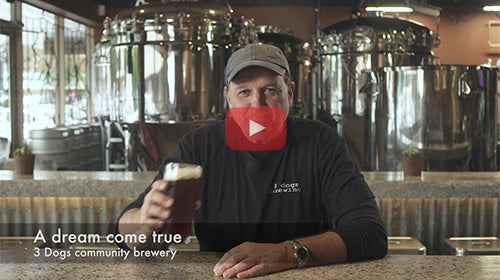
A Dream Come True — 3 Dogs Community Brewpub
When the owners of 3 Dogs Brewing wanted to start a community microbrewery in a strip mall, they had to choose brewing equipment that met their budget and fit in...
A Dream Come True — 3 Dogs Community Brewpub
When the owners of 3 Dogs Brewing wanted to start a community microbrewery in a strip mall, they had to choose brewing equipment that met their budget and fit in their space. This video explores the fulfillment of their dream in starting a brewery and providing a fun and engaging space for the community to hang out in while drinking quality craft beer.
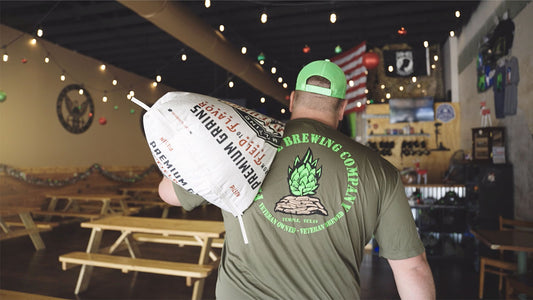
Opening a Craft Brewery Taproom — The Story of ...
In this video, Veteran JD McBride discusses how and why he opened his brewery taproom, Fire Base Brewing in Temple, Texas. He talks about his time...
Opening a Craft Brewery Taproom — The Story of Veteran-Owned Fire Base Brewing in Temple, TX
In this video, Veteran JD McBride discusses how and why he opened his brewery taproom, Fire Base Brewing in Temple, Texas. He talks about his time...
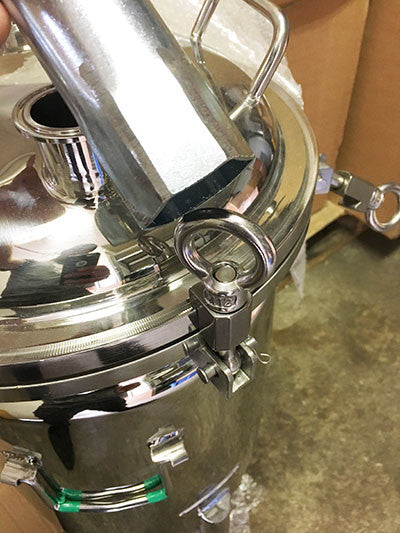
Preventing Leaks and Galling in the 4-in-1 Ferm...
The 4-in-1 fermenter lid is held in place with eye bolts. Eye bolts are used over standard nuts as they are easier to open with fingers—no tools are necessary. However, when...
Preventing Leaks and Galling in the 4-in-1 Fermenter
The 4-in-1 fermenter lid is held in place with eye bolts. Eye bolts are used over standard nuts as they are easier to open with fingers—no tools are necessary. However, when higher pressure is being applied to the vessel (up to 14.9psi), a tool is likely needed to tighten the lid down so it doesn't leak. For a tighter seal, a screw driver (or other steel bar) can be used to tighten the ring by...
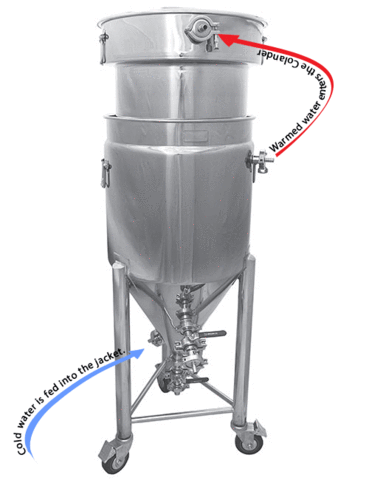
Sparging with the BIAC
While not absolutely necessary, some brewers prefer to rinse or 'sparge' their grain at the end of the mash period to recover as much sugar as possible. While cold water can...
Sparging with the BIAC
While not absolutely necessary, some brewers prefer to rinse or 'sparge' their grain at the end of the mash period to recover as much sugar as possible. While cold water can be used, it is generally recommended to use hot water at 75°C/167°F as sugars will be recovered more readily and the grain bed kept more fluid, allowing easier...
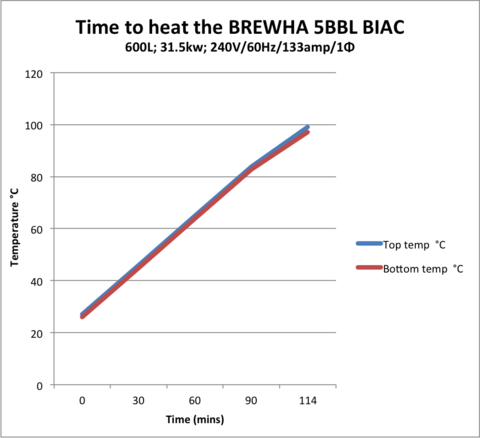
Heating and Chilling Methods for the 5BBL BIAC
There has been some discussion online about the benefit of circulating wort inside the BIAC fermenter during chilling to reduce the chill time so we put it to the test in...
Heating and Chilling Methods for the 5BBL BIAC
There has been some discussion online about the benefit of circulating wort inside the BIAC fermenter during chilling to reduce the chill time so we put it to the test in our largest system, the 5BBL BIAC. We tested on the 5BBL, since being the largest system we currently offer, it has the lowest chilling surface area to wort ratio and therefore (all other factors being equal) the longest chill time of the BIAC systems.
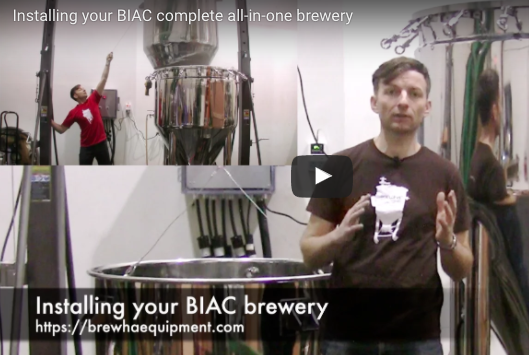
Installing Your BIAC Complete All-in-One Brewery
In this video we will be looking at how to setup the BREWHA BIAC. While today we are setting up a 5 barrel BIAC, most of the features and fittings...
Installing Your BIAC Complete All-in-One Brewery
In this video we will be looking at how to setup the BREWHA BIAC. While today we are setting up a 5 barrel BIAC, most of the features and fittings are also found on the smaller models. The first thing to set up is the hoist. On the larger models of the BREWHA BIAC, an overhead hoist is necessary to raise the Colander, and...
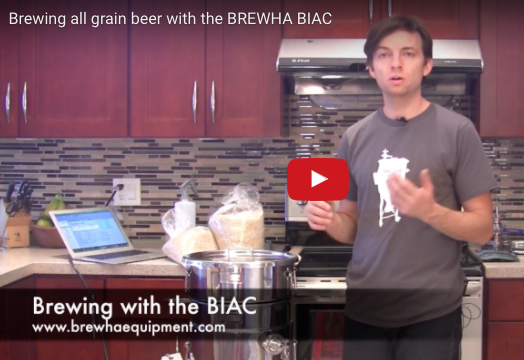
Brewing Beer with the BREWHA BIAC
This video provides a detailed overview on how to brew beer with the BREWHA BIAC. Detailed step by step instructions provide new and experienced brewers alike with fun and engaging...
Brewing Beer with the BREWHA BIAC
This video provides a detailed overview on how to brew beer with the BREWHA BIAC. Detailed step by step instructions provide new and experienced brewers alike with fun and engaging information that will give them confidence in brewing with the BIAC and have them brewing like a professional in no time at all.
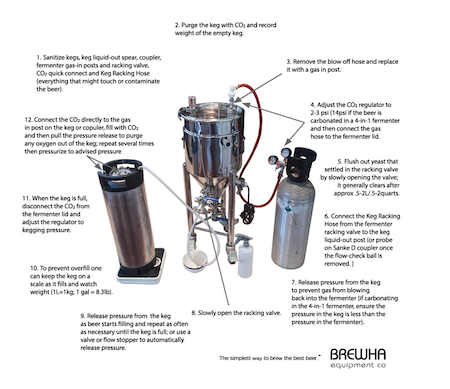
Transferring Beer from Your Fermenter to a Keg
Step by step instructions on how to transfer ('rack' or push) beer out of fermenters and into a keg. Includes suggestions for improving sanitation, safety, and a method for kegging beer without...
Transferring Beer from Your Fermenter to a Keg
Step by step instructions on how to transfer ('rack' or push) beer out of fermenters and into a keg. Includes suggestions for improving sanitation, safety, and a method for kegging beer without exposing it to oxygen in the process.
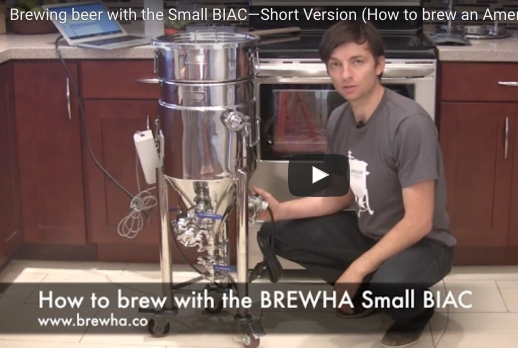
Brewing Beer with the Small BIAC (Abridged)—Ame...
This video provides an introduction to brewing in the BREWHA Small BIAC. It provides an overview of the BIAC system and provides a condensed step by step guide to brewing....
Brewing Beer with the Small BIAC (Abridged)—American Blonde Ale
This video provides an introduction to brewing in the BREWHA Small BIAC. It provides an overview of the BIAC system and provides a condensed step by step guide to brewing. The BIAC is a simplified stainless steel brewing method that provides full control while making brew days more enjoyable and giving easy to achieve, perfect sanitation every time.
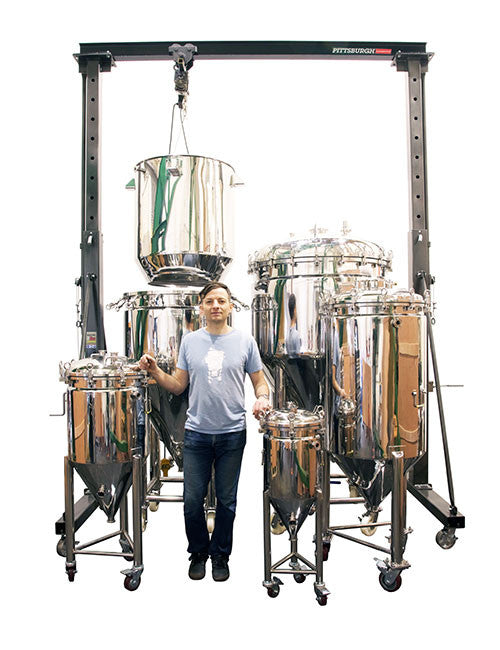
How to Assemble the BREWHA BIAC
Assembly of the BIAC is relatively intuitive and straightforward and can be assembled and ready to brew in less than 30 minutes. A brewer may want to substitute or alter...
How to Assemble the BREWHA BIAC
Assembly of the BIAC is relatively intuitive and straightforward and can be assembled and ready to brew in less than 30 minutes. A brewer may want to substitute or alter a few parts, which is entirely acceptable, but this description explains how to assemble it in the typical manner. The BIAC being shown here is the Small version; Small, Medium and Large versions are identical structurally with the one exception that the Large BIAC has two ports for heating elements.
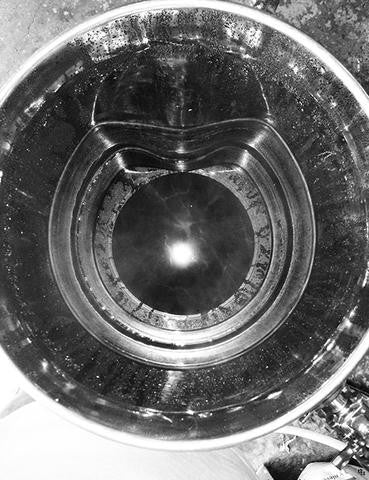
Preventing Deformation in Your Vessel
You need to read this article carefully, especially if you will be using municipal water in the jacket of your Jacketed Boil Kettle or 3-in-1 to chill wort after the boil,...
Preventing Deformation in Your Vessel
You need to read this article carefully, especially if you will be using municipal water in the jacket of your Jacketed Boil Kettle or 3-in-1 to chill wort after the boil, or for regulating fermentation temperature. Municipal water pressures often exceed 60psi. The jackets on these vessels are not designed to withstand more than a few psi of pressure. Read this article to prevent your vessel from looking like the picture on to the right.
